Audi A5 Sportback vs Hyundai Kona – Which car suits you better?
Everyday use, family trips or long-distance drives – here’s where the differences show.
Discover whether Audi A5 Sportback or Hyundai Kona fits your lifestyle better.
Costs and Efficiency: When it comes to price and running costs, the biggest differences usually appear. This is often where you see which car fits your budget better in the long run.
Hyundai Kona has a significantly advantage in terms of price – it starts at 23100 £, while the Audi A5 Sportback costs 38700 £. That’s a price difference of around 15685 £.
Fuel consumption also shows a difference: Audi A5 Sportback manages with 2 L and is therefore clearly more efficient than the Hyundai Kona with 4.60 L. The difference is about 2.60 L per 100 km.
As for range, the Hyundai Kona performs clearly better – achieving up to 514 km, about 404 km more than the Audi A5 Sportback.
Engine and Performance: Power, torque and acceleration are the classic benchmarks for car enthusiasts – and here, some clear differences start to show.
When it comes to engine power, the Audi A5 Sportback has a clearly edge – offering 367 HP compared to 218 HP. That’s roughly 149 HP more horsepower.
In acceleration from 0 to 100 km/h, the Audi A5 Sportback is convincingly quicker – completing the sprint in 4.50 s, while the Hyundai Kona takes 7.80 s. That’s about 3.30 s faster.
In terms of top speed, the Audi A5 Sportback performs to a small extent better – reaching 250 km/h, while the Hyundai Kona tops out at 210 km/h. The difference is around 40 km/h.
There’s also a difference in torque: Audi A5 Sportback pulls decisively stronger with 550 Nm compared to 265 Nm. That’s about 285 Nm difference.
Space and Everyday Use: Beyond pure performance, interior space and usability matter most in daily life. This is where you see which car is more practical and versatile.
Seats: Hyundai Kona offers to a small extent more seating capacity – 5 vs 4.
In curb weight, Hyundai Kona is evident lighter – 1370 kg compared to 1770 kg. The difference is around 400 kg.
In terms of boot space, the Hyundai Kona offers barely noticeable more room – 466 L compared to 445 L. That’s a difference of about 21 L.
In maximum load capacity, the Hyundai Kona performs hardly perceptible better – up to 1300 L, which is about 1 L more than the Audi A5 Sportback.
When it comes to payload, Audi A5 Sportback hardly perceptible takes the win – 530 kg compared to 490 kg. That’s a difference of about 40 kg.
Who comes out on top?
Overall, the Audi A5 Sportback shows itself to be dominates this comparison and secures the title of DriveDuel Champion.
It convinces with the more balanced overall package and proves to be the more versatile choice for everyday use.
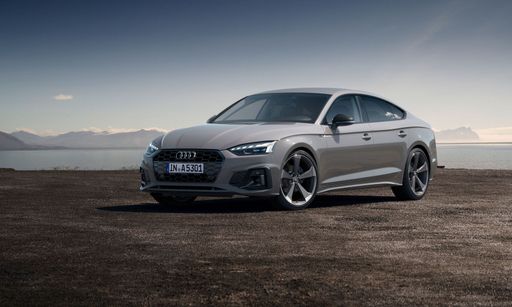
Audi A5 Sportback
Audi A5 Sportback
The Audi A5 Sportback seamlessly blends elegance with performance, offering a sophisticated design that captivates onlookers. Inside, the cabin exudes luxury, featuring high-quality materials and advanced technology that enhances both comfort and connectivity. With its sporty dynamics and versatile layout, the A5 Sportback is perfect for those seeking a refined driving experience without compromising on practicality.
details @ audi-mediacenter.com
@ audi-mediacenter.com
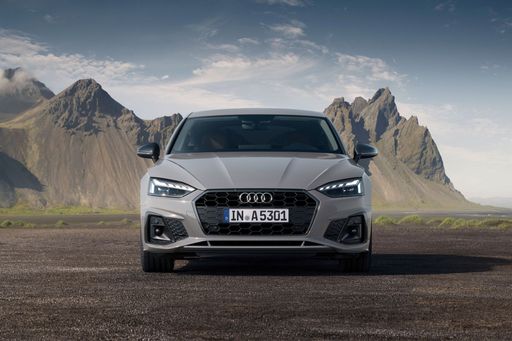 @ audi-mediacenter.com
@ audi-mediacenter.com
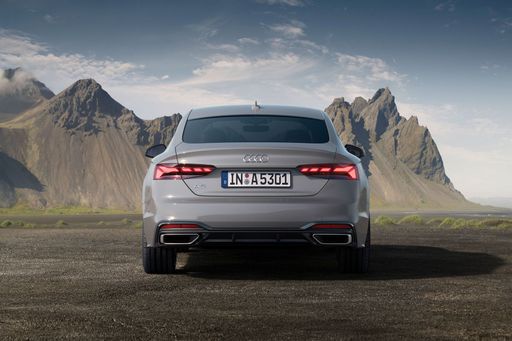 @ audi-mediacenter.com
@ audi-mediacenter.com
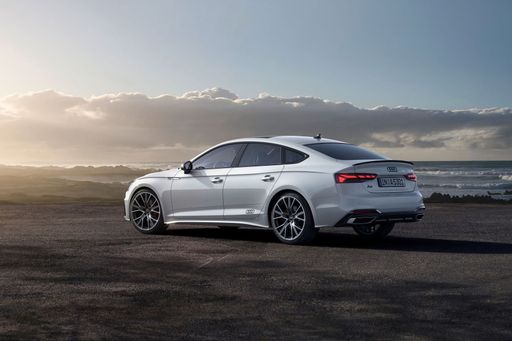 @ audi-mediacenter.com
@ audi-mediacenter.com
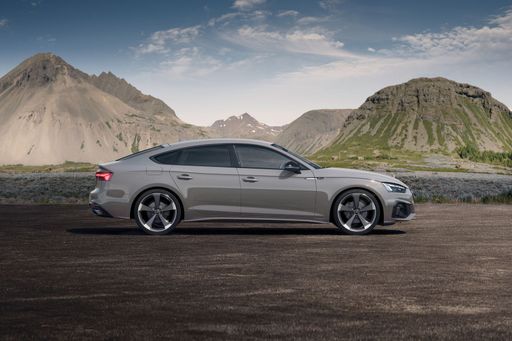 @ audi-mediacenter.com
@ audi-mediacenter.com
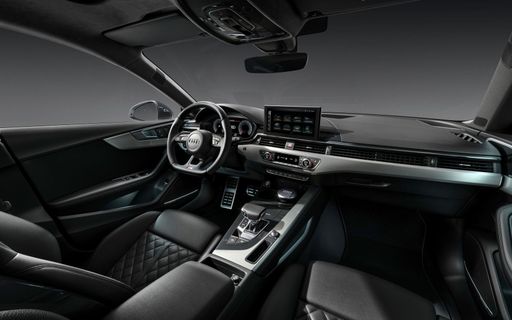 @ audi-mediacenter.com
@ audi-mediacenter.com
Hyundai Kona
The Hyundai Kona blends a bold design with a versatile interior, making it a standout choice in the compact SUV market. Its crisp handling and responsive steering provide an engaging driving experience, whether in the city or on the open road. The vehicle also offers a range of features designed to enhance comfort and connectivity, ensuring a pleasurable journey for both driver and passengers.
details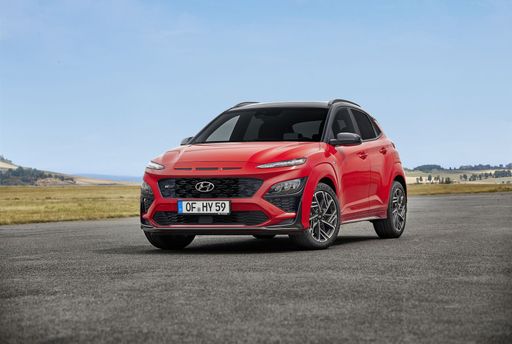 @ hyundai.news
@ hyundai.news
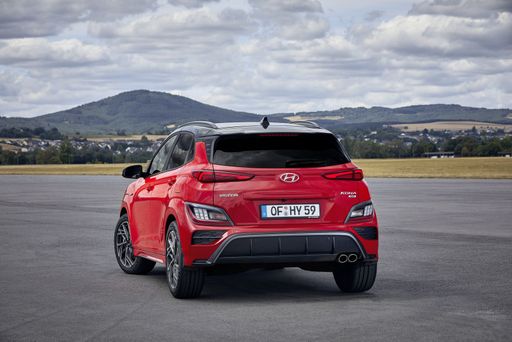 @ hyundai.news
@ hyundai.news
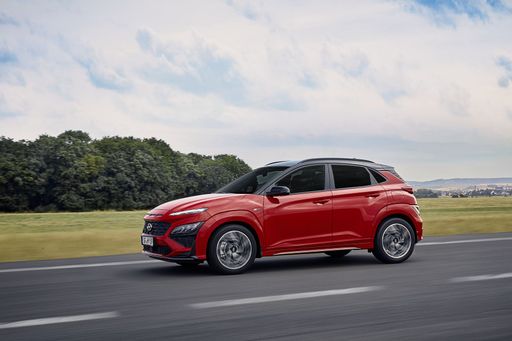 @ hyundai.news
@ hyundai.news
 @ hyundai.news
@ hyundai.news

|

|
|
|
|
Costs and Consumption |
|
|---|---|
|
Price
38700 - 68600 £
|
Price
23100 - 41600 £
|
|
Consumption L/100km
2 - 7.6 L
|
Consumption L/100km
4.6 - 7 L
|
|
Consumption kWh/100km
-
|
Consumption kWh/100km
14.6 - 16.8 kWh
|
|
Electric Range
107 - 110 km
|
Electric Range
377 - 514 km
|
|
Battery Capacity
20.70 kWh
|
Battery Capacity
1.3 - 65.4 kWh
|
|
co2
45 - 172 g/km
|
co2
0 - 163 g/km
|
|
Fuel tank capacity
46 - 60 L
|
Fuel tank capacity
38 - 47 L
|
Dimensions and Body |
|
|---|---|
|
Body Type
Hatchback
|
Body Type
SUV
|
|
Seats
4
|
Seats
5
|
|
Doors
5
|
Doors
5
|
|
Curb weight
1770 - 2170 kg
|
Curb weight
1370 - 1773 kg
|
|
Trunk capacity
331 - 445 L
|
Trunk capacity
466 L
|
|
Length
4829 - 4835 mm
|
Length
4350 - 4385 mm
|
|
Width
1860 mm
|
Width
1825 mm
|
|
Height
1429 - 1444 mm
|
Height
1580 - 1585 mm
|
|
Max trunk capacity
1175 - 1299 L
|
Max trunk capacity
1300 L
|
|
Payload
475 - 530 kg
|
Payload
420 - 490 kg
|
Engine and Performance |
|
|---|---|
|
Engine Type
Plugin Hybrid, Petrol, Diesel MHEV, Petrol MHEV
|
Engine Type
Electric, Petrol, Full Hybrid
|
|
Transmission
Automatic
|
Transmission
Automatic, Manuel
|
|
Transmission Detail
Dual-Clutch Automatic
|
Transmission Detail
Manual Gearbox, Dual-Clutch Automatic
|
|
Drive Type
All-Wheel Drive, Front-Wheel Drive
|
Drive Type
Front-Wheel Drive, All-Wheel Drive
|
|
Power HP
150 - 367 HP
|
Power HP
115 - 218 HP
|
|
Acceleration 0-100km/h
4.5 - 9.8 s
|
Acceleration 0-100km/h
7.8 - 11.9 s
|
|
Max Speed
216 - 250 km/h
|
Max Speed
162 - 210 km/h
|
|
Torque
280 - 550 Nm
|
Torque
200 - 265 Nm
|
|
Number of Cylinders
4 - 6
|
Number of Cylinders
3 - 4
|
|
Power kW
110 - 270 kW
|
Power kW
85 - 160 kW
|
|
Engine capacity
1968 - 2995 cm3
|
Engine capacity
998 - 1598 cm3
|
General |
|
|---|---|
|
Model Year
2025
|
Model Year
2024 - 2025
|
|
CO2 Efficiency Class
B, E, F, D
|
CO2 Efficiency Class
A, D, C, E, F
|
|
Brand
Audi
|
Brand
Hyundai
|
Is the Audi A5 Sportback offered with different drivetrains?
Available configurations include All-Wheel Drive or Front-Wheel Drive.
The prices and data displayed are estimates based on German list prices and may vary by country. This information is not legally binding.
